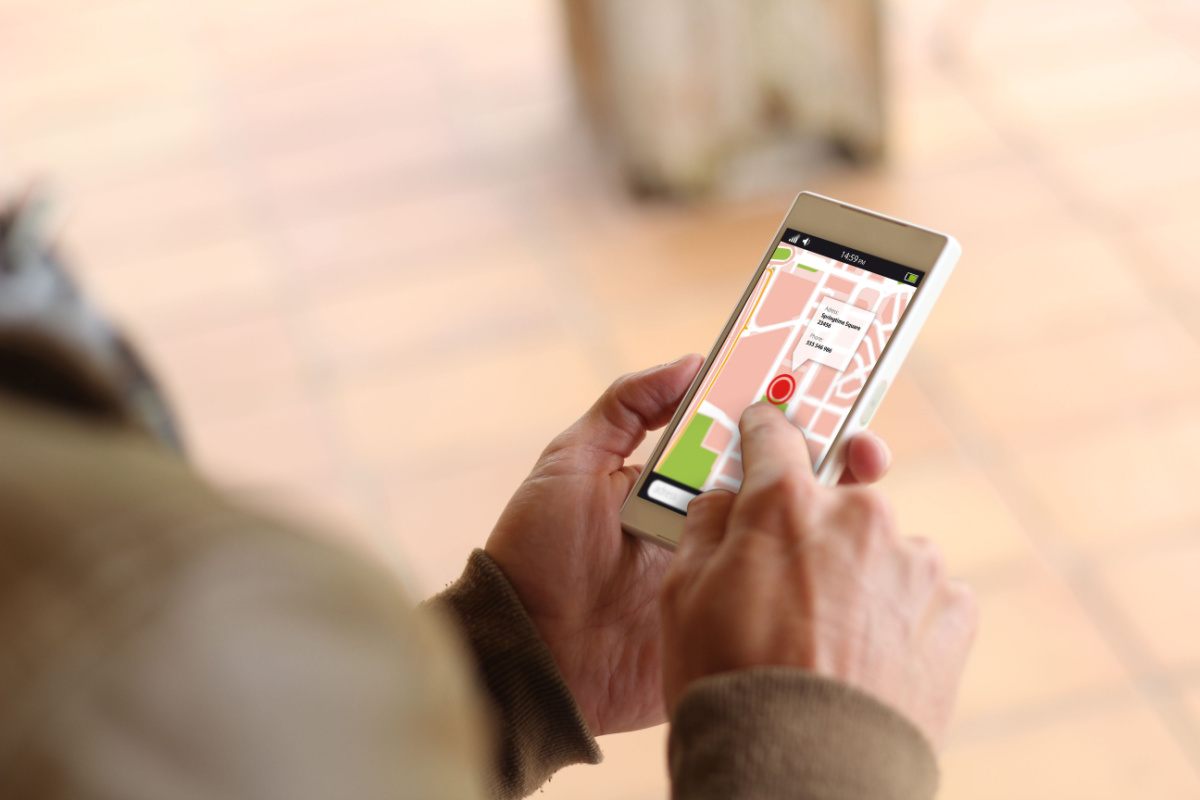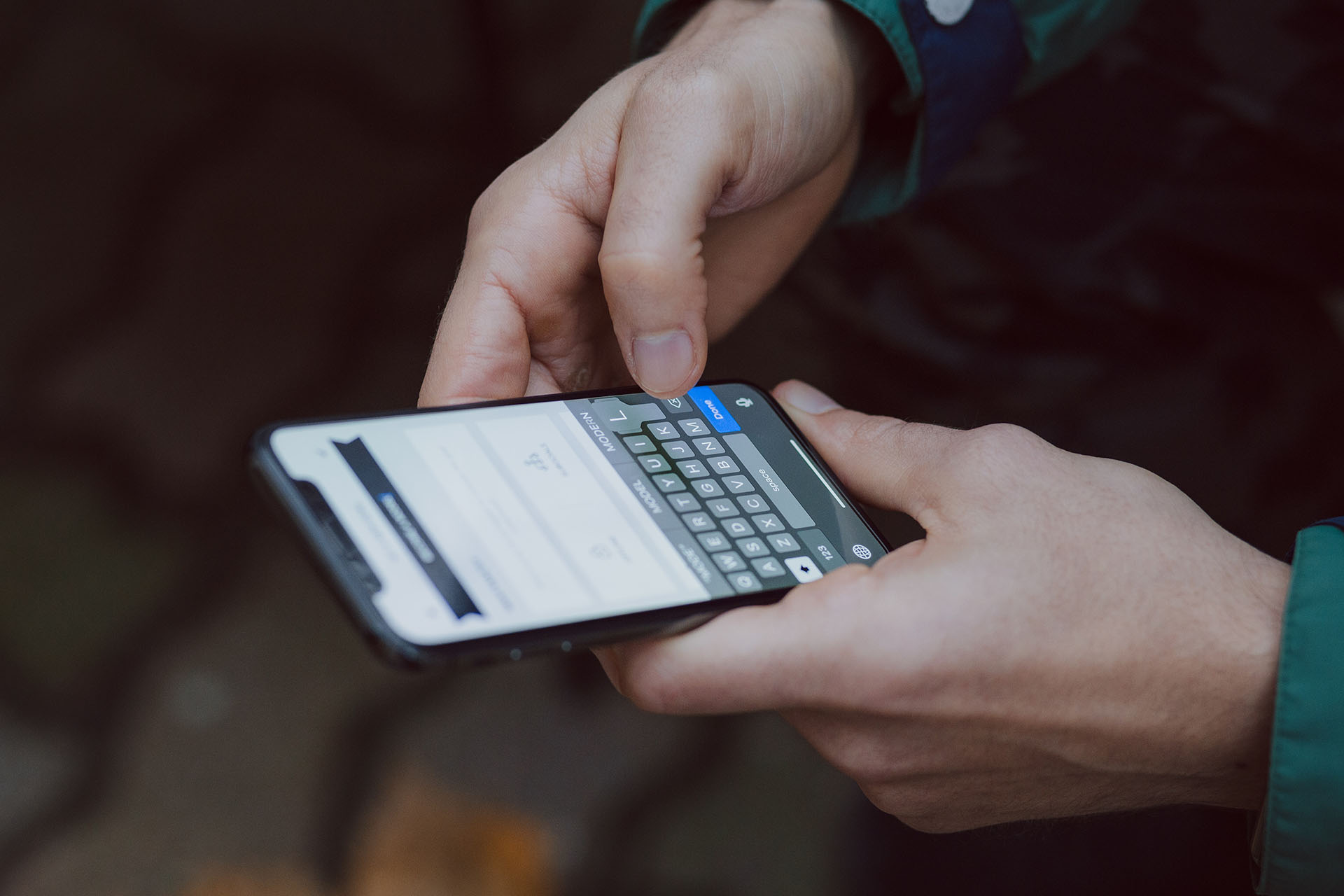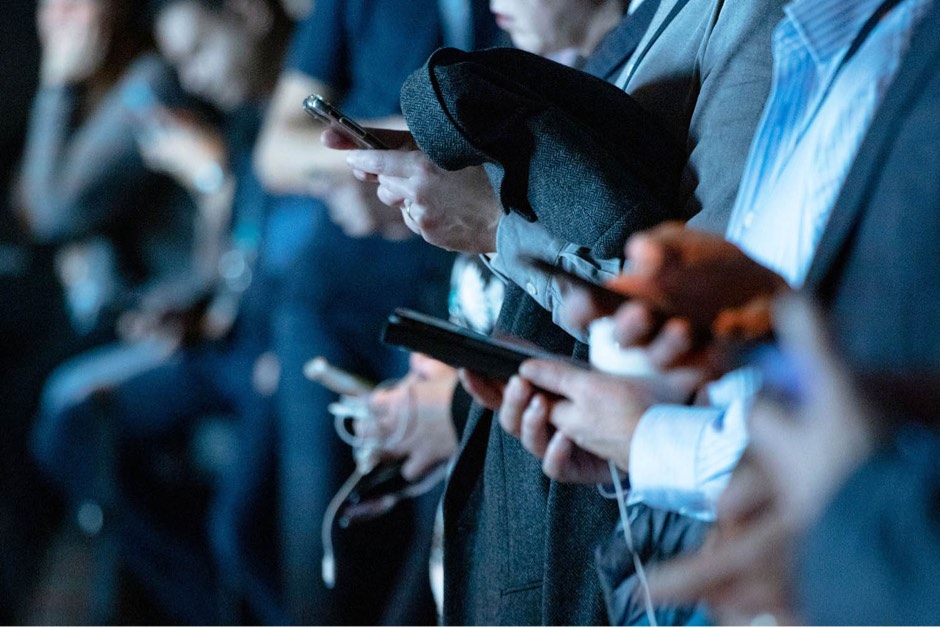What is Ultra-wideband?
A guide to UWB technology
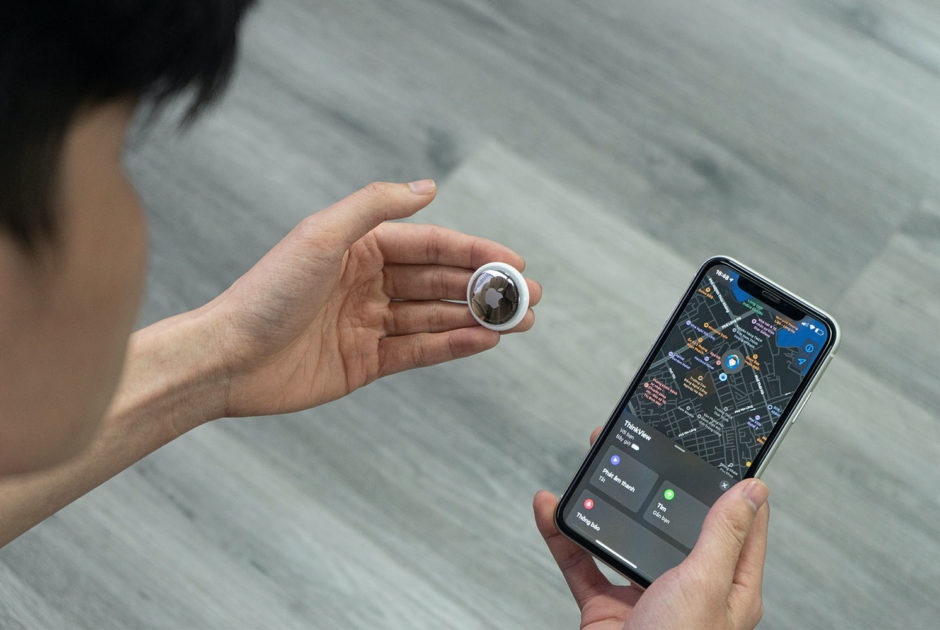
Ultra-wideband
Ultra-wideband is a short-range, high bandwidth wireless technology that offers precise positioning and tracking and highly secure communications. It has become increasingly popular in light of its implementation in various mainstream devices. This relatively new tech used in Apple’s AirTag and BMW’s Digital Key Plus has driven curiosity from companies worldwide that could benefit from its features.
What is Ultra-wideband?
UWB serves as a solution to poor position accuracy with other network types such as Bluetooth, and has helped revolutionise the way in which we can locate and measure distances using wireless technology. The smartphone and automotive industries are just a few of the many that can benefit from the speed and accuracy of UWB connectivity in the near future.
Ultra-wideband (UWB) uses radio waves over a wide frequency bandwidth for short-range applications, with the term wideband being directly related to the 6-9GHz range of the spectrum. UWB is a direct connection between two devices that consists of radio wave bursts being transmitted and received; the amount and time it takes for these pulses to travel between the devices is then translated into data.
UWB can achieve accurate distance measurements in real-time without interfering with conventional narrowband and carrier wave transmissions in the same frequency bands. It is also resistant to noise and reflection, making it secure and suitable for a range of applications.
Other wireless communications that use radio waves like Bluetooth and Wi-Fi are less accurate than UWB as they determine distance by signal strength and arrival. For UWB to function effectively it requires antennas with small ground planes, which enables compact designs and applications.
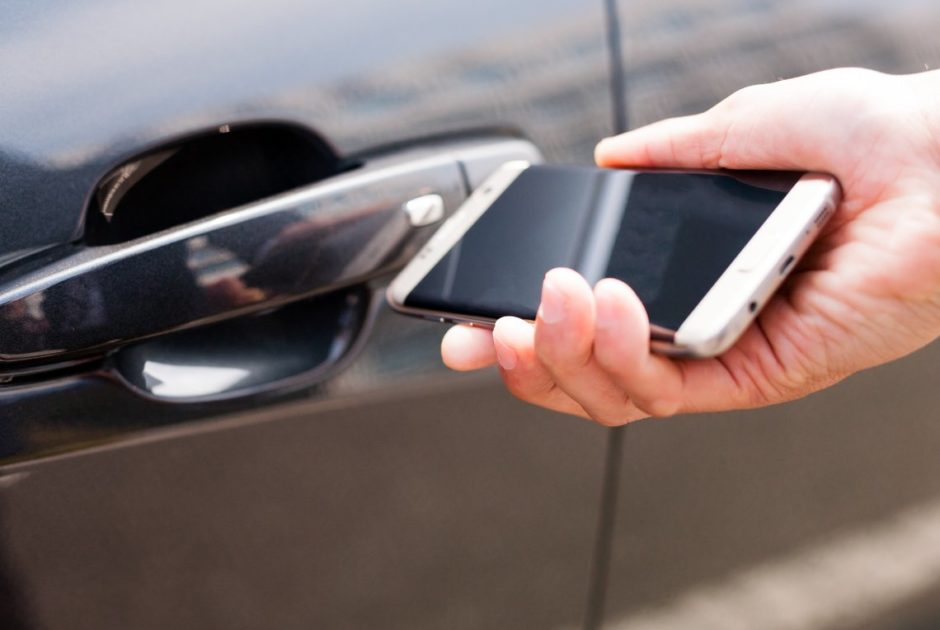
Ultra-wideband frequencies
Incorporating UWB into the design of devices can vary depending on region. As it occupies such a wide frequency band spectrum, there is a possibility that UWB can interfere with other telecommunication services occupying the same frequencies.
The Federal Communications Commission (FCC) of the United States has allocated a band covering of 7.5 GHz (3.1GHz to 10.6GHz) for the unlicensed use of UWB applications. In Europe, the Electronic Communications Committee (ECC) has allocated various frequency ranges of 3.1GHz – 4.8GHz, 6GHz – 8.5GHz, and 8.5GHz – 9GHz across most countries in the region. Other regions and countries vary in permitted frequency bands which must be taken into account when implementing UWB antennas into any design.
What are the benefits of ultra-wideband?

Precision tracking capabilities
The accuracy of ultra-wideband is unmatched by any other wireless technologies at short distances. The lack of interference with other radio transmissions means ultra-wideband is able to effectively measure distances with an accuracy of up to 1cm. Comparatively, Wi-Fi and Bluetooth connections have an accuracy of approximately 10 metres on average without being obstructed. UWB’s efficiency, bandwidth and accuracy open up a world of possibilities for devices that function at a short distance.
What are the applications of ultra-wideband?
Automotive
Big automotive brands such as BMW are already incorporating UWB connectivity into their designs. The precise distance measurement offered by UWB can be integrated into physical or digital car keys that interact with a vehicle based upon proximity. A user can walk up to their car and unlock it without ever needing to remove the key or smartphone from their pocket. UWB also offers an extra layer of security as their radio signals cannot be recorded or relayed over and is separate to other wireless connections. This makes it far more secure when compared to other digital keys that use different protocols.
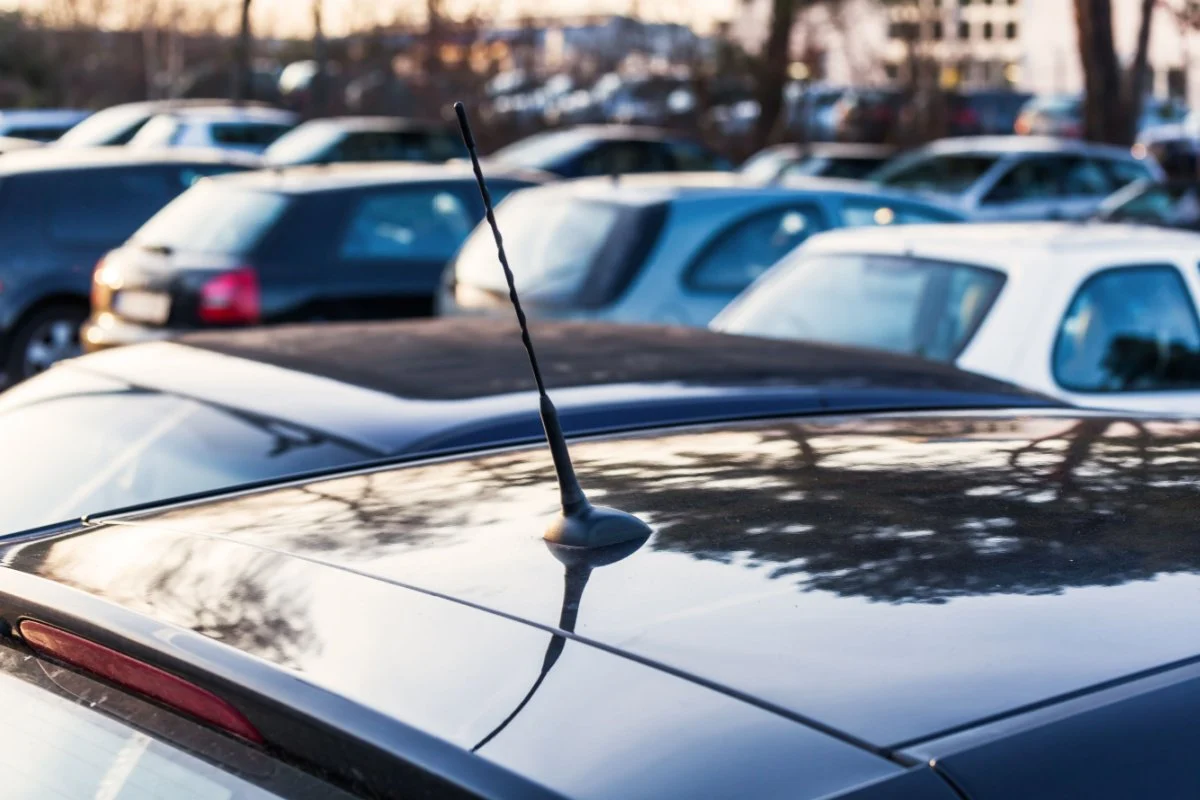
Smartphone devices
Medical

Key design considerations for ultra-wideband
Due to the varying applications and wide frequency spectrum UWB operates on, it can be difficult to integrate into a design. To help improve adoption of the application of UWB technologies and antennas, a consortium of leading brands has been created by FiRa. The consortium consists of leading companies such as Samsung, Google, Apple and more, and is leading the way in creating an industry ecosystem where the integration, specification and deployment of UWB technologies are simpler and more streamlined.
Antenova offers a wide range of resources on antenna selection and placement that can help streamline the process of UWB integration for your device design. To find out more about how UWB can benefit your design, visit our resources centre.
